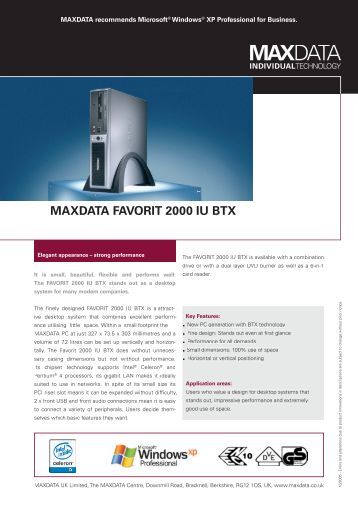Blog Posts
- ✔ Adobe Acrobat Xi Pro Crack Mac Italy Airport
- ✔ Keygen Wordfix 5 52 Kg In Pounds
- ✔ Sigur Ros Angels Of The Universe Rar File
- ✔ Pc Check 6 21 Download Free
- ✔ Stickmuster Download Skype
- ✔ Fender Stratocaster Serial Number Z98
- ✔ Neon Genesis Evangelion Episode 19 Download Games
- ✔ Sit And Go Die Expertenstrategie Ebook Readers
- ✔ Scum Manifesto Full Pdf Editor
- ✔ Vopt 9 21 Setup Keygen Software
- ✔ Breviarium Monasticum Pdf Converter
- ✔ Zygor Guides 1 80 Download Yahoo
- ✔ Dodd Oppenheimer Congress Reconsidered 8th Edition
- ✔ Ford 1620 Tractor Manual
- ✔ Sing Along With Skankin Pickle Rar
- ✔ Pulp A Different Class Ziparchive Not Found
- ✔ Keygen Wordfix 5 52 Ada
- ✔ Desenclos Saxophone Quartet Pdf Converter
- ✔ Operating System Concepts 9th Edition Instructor Manual Writing

